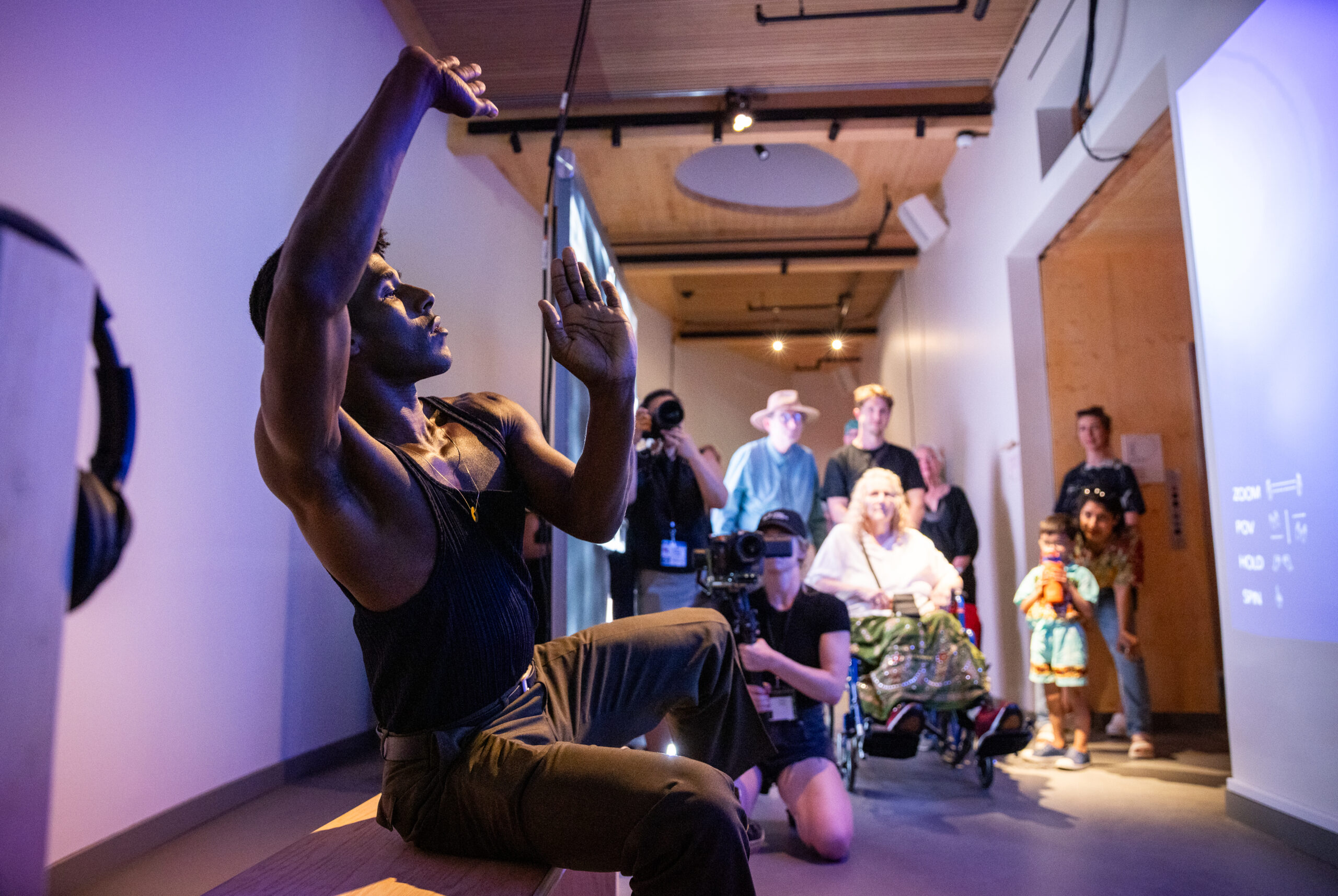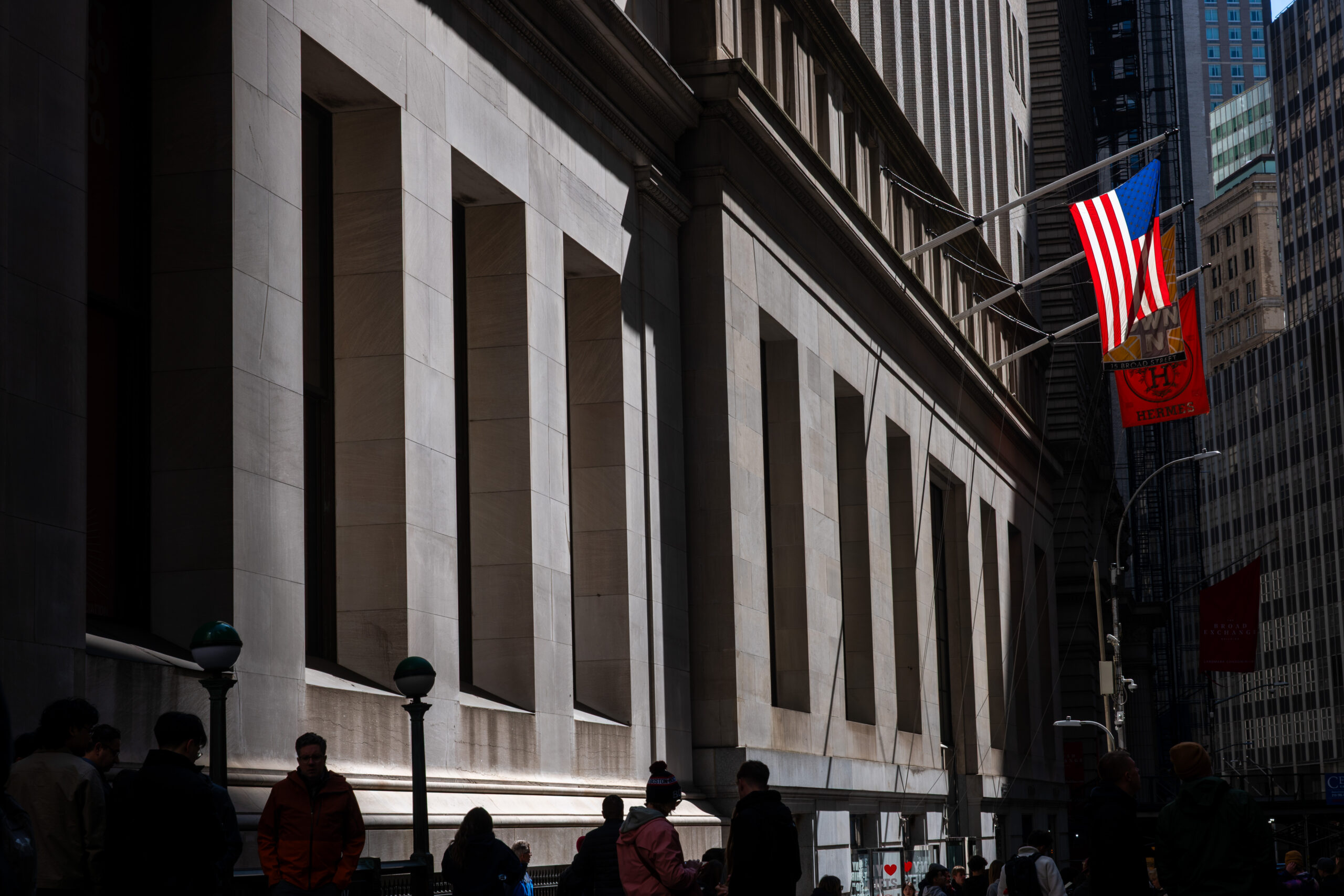
I recently drove up to one of my favorite places, Jacob’s Pillow, but I didn’t see a single dance performance. Instead, I spent the afternoon exploring three new exhibitions, staged throughout the National Historic Landmark’s beautiful Berkshires campus. Jacob’s Pillow dance festival—the longest-running one in America, founded by modern dance pioneer Ted Shawn in 1933—is currently celebrating its 93rd season, and the lineup is as impressive and varied as usual. In August, you can see the usual ballet, contemporary dance and tap, as well as Cambodian classical dance, Hawaiian dance, Afro-Latin jazz, 3D holographic choreography and even ice dancing. Artists hail from New York and the Berkshires, Norway, Korea, British Columbia and Taiwan. In addition to the ancillary lectures, classes and workshops, the venue has added three dance-focused exhibits. The first of these, not far from the entrance in Blake’s Barn, is “Connecting Through Time: 50 Seasons with Norton Owen.”
If you have ever visited the Pillow, it’s likely you’ve run into Norton Owen, the ever-smiling director of preservation. He has been a part of the community since 1976, when he first arrived at the festival as a scholarship student. The following year, he was on staff as assistant box office manager and worked his way up to become the first-ever director of preservation in 1990. Since then, he has created one of the most extensive and accessible dance archives in the world, and the exhibit, curated by Pillow alum Wendy Perron (dancer and choreographer, dance historian and former editor-in-chief of Dance Magazine), celebrates Owen’s remarkable career and contributions to the dance field.
In “The Griot of Jacob’s Pillow” are photographs of Owen with dance luminaries. Here he is speaking with avant-garde composer John Cage in the Tea Garden in 1984, with dancer and former artistic director of Alvin Ailey American Dance Theater Judith Jamison at a PillowTalk in 2012 and with ballerina Misty Copeland at the signing of her book Life in Motion: An Unlikely Ballerina in 2014. In “Memoirable Moments: Old and New,” nineteen past Pillow artists share notes about their favorite ‘Norton Moments’ alongside beautiful photographs spanning 1941-2017 (don’t miss Shawn in his Mevlevi Dervish (1951) right above the 1982 photo of Mark Morris performing the same dance). An unexpected treat is a case from Owen’s 2000 exhibition of choreographer Paul Taylor’s “eccentric” visual art, with the adorably creepy Dear Departed and aptly named These are two shoes, stupid.


A primary theme of the exhibit is juxtaposition—a defining feature of Owen’s career that curator Perron nods to here. A few incredible pairings are Ted Shawn and His Men Dancers performing Shawn’s The Dome in 1940 and Adam H. Weinert’s dancers performing it again in 2016, Talley Beatty performing his Mourner’s Bench from Southern Landscape in 1948 and Taylor Stanley performing it later in 2022 and a portrait of José Limón in 1946 beside a similarly posed one of Bill T. Jones in 2008.
After exploring the Pillow’s past, continue to the Ted Shawn Theatre lobby to learn about the festival’s long relationship with modern dancer and choreographer Alvin Ailey in “Ailey Connections.” The exhibit, which is the smallest of the three but jam-packed with information, was curated by Owen. Documents displayed here highlight the organization’s connections to Ailey and his company, spanning over 70 years. (Fun fact: Carmen De Lavallade holds the longest-lasting performance record of any dancer in Pillow history—1953 to 2014.)
Ailey made his Pillow debut in 1955 with the Lester Horton Dance Theatre (which he had just been made director of after Horton’s unexpected death) and then returned to perform with his own company in 1959, 1961 and 1963. Believe it or not, Alvin Ailey American Dance Theater has not danced at the Pillow since then, but will make a historical return to perform August 20-24. Video footage loops alongside sixteen stunning photographs of Ailey and Ailey-related artists at the Pillow throughout the years. Take your time here—the details are not to be missed.


From the Ted Shawn Theatre, head to the Doris Duke Theatre gallery, where you can explore dance’s future in the interactive movement technology exhibit “Dancing the Algorithm,” curated by dance and multimedia artist Katherine Helen Fisher. It features works—mostly video—by artists at the intersection of dance and technology and is well described as “a meditation on movement in the algorithmic age.” Though many of the works contain sound, the gallery space coalesces through an ambient score composed by Josh Kadish.
A highlight of this exhibit is Lamentation: Dancing the Archive, an installation featuring a 360° film of Martha Graham’s iconic solo, created by Xin Ying with Fisher, Alan Winslow and Kate Ladenheim. Some works are playfully interactive. Shimmy Boyle, Mingyong Cheng and Fisher’s Bodies in Hyperreality is a real-time, audience-driven choreographic interface that “reimagines the body through dance history and algorithmic aesthetics.” Think dance history meets generative A.I. When you stand in front of the screen, you see two things: yourself, and an A.I.-generated scene inspired by dance history prompts created by Owen and Pillow archivist Patsy Gay. When I did it, my scene was “dancer posing on the Pillow Rock.” I lifted my arm, and she lifted her arm. I leaned to the side, and she did too. In Entroplay (Armon Naeini)’s ID Part 1, your body and movements are broken up and remixed to create a “recursive augmentation of the self,” and in David Wallace Haskins’s Time Mirror IV, you see yourself reflected back, slowed down and multiplied.
Some works are more interesting for their aesthetics. Memo Akten and Katie Peyton Hofstadter’s Superradiance is especially beautiful. The multichannel video and sound installation explores the idea of “embodied simulation” (when you observe another person moving, you feel their movement in your own body). Anthropomorphic shapes blend with nature to create moving forests, oceans and deserts while someone whispers through the speaker above you. Ania Catherine and Dejha Ti (Operator)’s Human Unreadable brilliantly layers dance footage and data visualizations, and Daniel Sierra, Cameron Surh, Zelia ZZ TAN and David Wexler’s Pathways is pure, flowing parametric design.
While each of these exhibits can be enjoyed on its own, I recommend taking the time to visit them in sequence. In conversation, they offer a unique opportunity to consider not only Jacob’s Pillow but dance’s incredible past, present and future.
“Connecting Through Time: 50 Seasons with Norton Owen,” “Ailey Connections” and “Dancing the Algorithm” are free and open to the public through August 24, Tuesdays through Sundays from noon to final curtain.


More in performing arts
<




